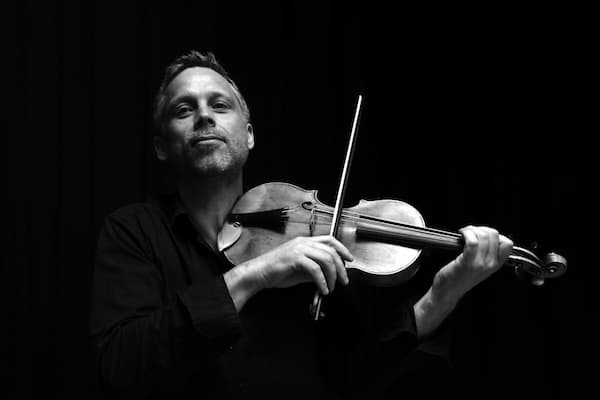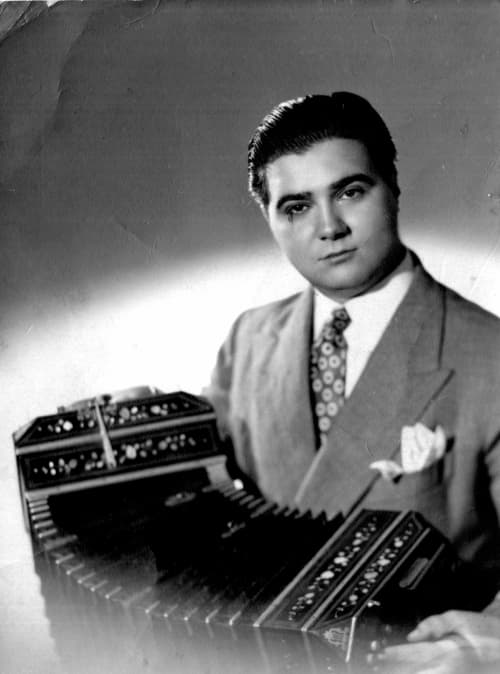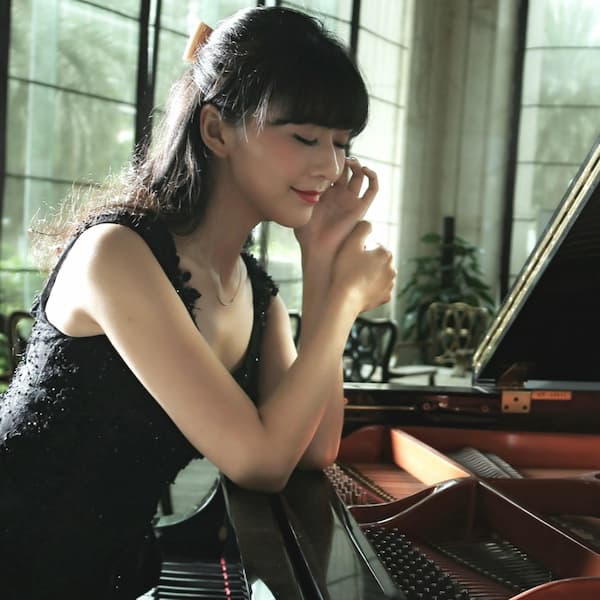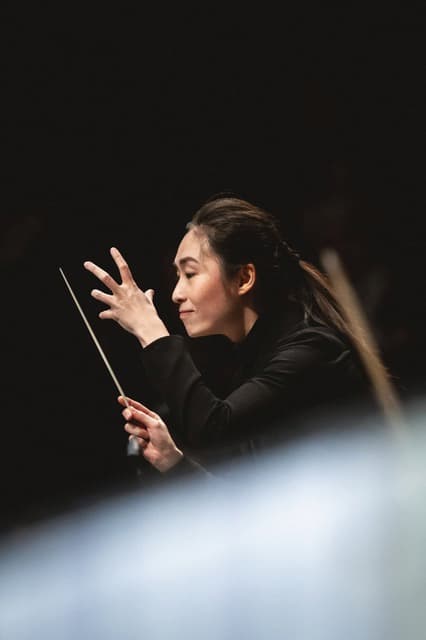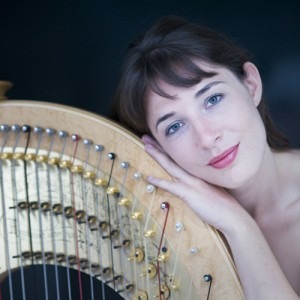
Credit: Miguel Bueno, Gilles Delmas
We spoke about Ginastera’s work and how its rhythmic drive made it such a phenomenal work for the harp. The harp can be many different instruments in Ginastera’s vision: percussive, eloquent, and, above all driven by the rhythm. Miss Gaudemard felt especially the influence of Argentina’s folk instrument, the guitar, throughout the harp part.
The third movement of Ginastera’s harp concerto opens, unusually, with the harp cadenza. Miss Gaudemard said that this was such a rewarding place for improvisation. The harp begins with the notes of a guitar, played as an arpeggio, and after that, the performer drives the cadenza. The only indication from the composer is the character: ‘Liberamente capriccioso’- or ‘liberally whimsical.’ Given that kind of freedom and given the complexity of Ginastera’s work, Miss Gaudemard said that it was a cadenza that could change: sometimes she feels it should be more dramatic in the middle and then more tranquil at the end. Sometimes she wants the cadenza to be clear and, at other times, to hide the themes a bit more. That’s the beauty of improvisation.
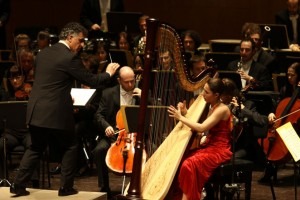
Credit: http://www.harpcontest-israel.org.il/
When we spoke about the history of the harp, she felt that although the instrument is international, France seemed to have an affinity for the instrument, with a large repertoire beginning with the composers in the 19th century, such as Debussy and Fauré, and continuing through today to a number of modern French composers.
After her appearance in Hong Kong, Miss Gaudemard’s future plans include appearances at upcoming summer festivals in France and Italy, a live recital for French radio, and working on her new recording of solo harp music. She said she has three harps and admitted that, for an apartment, that might be two too many!
Anaïs Gaudemard will be performing in Hong Kong on May 25th 2017 and May 27th 2017.
Official Website
Anaïs Gaudemard plays “Danses” by Debussy with the Münchener Kammerorchester

